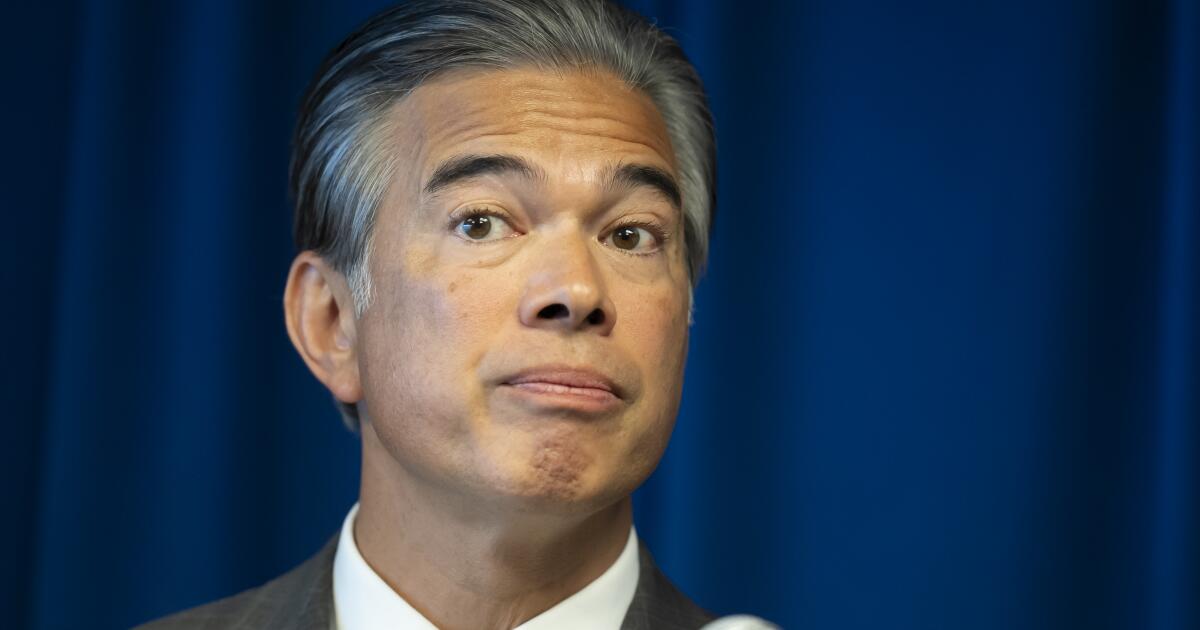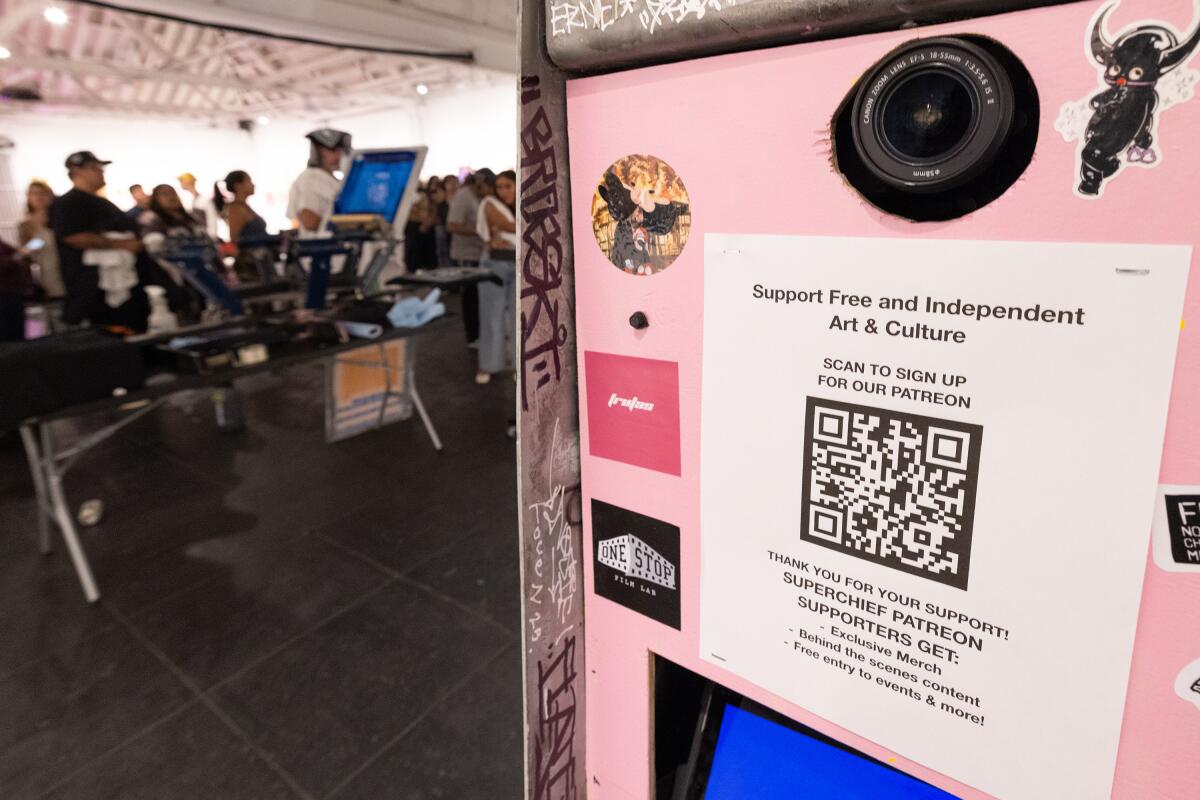A guide to Highland Park: The best things to do, see and eat right now
Let’s just kick the elephant out of the room right away. It’s hard to write a guide to Highland Park without addressing the “G” word. The neighborhood has been described as a poster child of gentrification, and for anyone who spends time there, it’s easy to see why.
Within the Northeast neighborhood nestled between downtown L.A. and Pasadena, you’ll see the Highland Park of the past: find remnants like the stone castle that was once the home of Charles F. Lummis, a poet and journalist who famously walked from Cincinnati to Highland Park — yes, you read that correctly — to accept a job at the Los Angeles Times in the mid 1880s. (He later went on to found the Southwest Museum, L.A.’s first museum, close by.)
You’ll see the Highland Park that remains: a working-class hub where bandas practice outside for all to hear, the smell of street tacos fills the air, multigenerational families play together at the park and iconic fixtures like the 22-foot-tall Chicken Boy statue that hovers over North Figueroa like a friendly mascot.
And you’ll see the Highland Park that’s emerging: an L.A. hot spot where young people flock to sip on fancy cocktails along York Boulevard and hang out at a chic Prohibition-era bowling alley.
Somehow, all these versions exist together. These days, it’s common to see luxury companies like Le Labo, which sells candles for upward of $90, move next door to small businesses such as the beloved Mexican family-owned Delicias Bakery & Some that has been serving fresh pan dulce for nearly 35 years. The community collectively mourned when its 100-year-old historic movie theater closed last March.
As one of L.A.’s first suburbs, Highland Park began the 20th century as an artsy oasis that was dotted with charming Craftsman homes. By the 1960s, the neighborhood had transformed into an epicenter for Latino life. The evolution of Highland Park has brought all the usual tensions between longtime residents and newcomers, many of whom were priced out of areas like Silver Lake and South Pasadena.
In spite of that, Highland Park has managed to hold onto its roots and small-town charm. This is in part thanks to nonprofits like the Highland Park Heritage Trust and community members who have been working to preserve the neighborhood’s rich history and cherished cultural hubs.
“A lot of the identity is still here, things that just make it feel like home,” says Michael Nájera, 35, whose family has lived in the neighborhood for three generations. He and his wife co-founded a running club called Tofu Scramble that meets at local coffee shops on Friday mornings.
“There’s a strong sense of community here. Even with everything going on these days, it’s amazing to see people out — some of us because we can, and others at risk because they have to,” he adds, referring to the recent ICE raids. “And still, this feels like a place where it’s OK to be brown and to be outside.” It’s common to see local businesses displaying Know Your Rights cards in support of their neighbors.
Rocio Paredes, a director and photographer who attended Franklin Middle School and High School in Highland Park, adds that “Chicanoism is very engraved in our DNA here.” You can see the culture’s influence in spaces like the Centro de Arte Público and the Mechicano Art Center, both of which were home to Highland Park’s Chicano Arts Collective, an organization that helped advance the political aims of L.A.’s Chicano movement in the 1970s. And also at local restaurants. At Las Cazuelas, a family-run Salvadoran pupuseria that’s been open since 1985, Parades says, “It’s like a f— time capsule.”
From historic Craftsman homes, beautiful hills, bountiful green spaces, cuisine from various cultures, vintage shops of varied prices and a vibrant nightlife scene, there’s so much to appreciate about Highland Park.
What’s included in this guide
Anyone who’s lived in a major metropolis can tell you that neighborhoods are a tricky thing. They’re eternally malleable and evoke sociological questions around how we place our homes, our neighbors and our communities within a wider tapestry. In the name of neighborly generosity, we may include gems that linger outside of technical parameters. Instead of leaning into stark definitions, we hope to celebrate all of the places that make us love where we live.
Our journalists independently visited every spot recommended in this guide. We do not accept free meals or experiences. What L.A. neighborhood should we check out next? Send ideas to [email protected].







